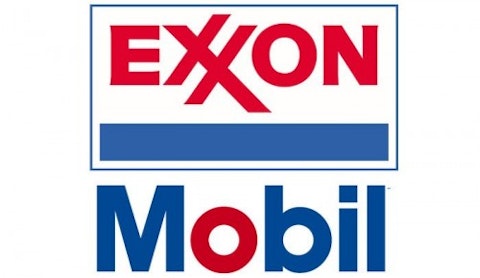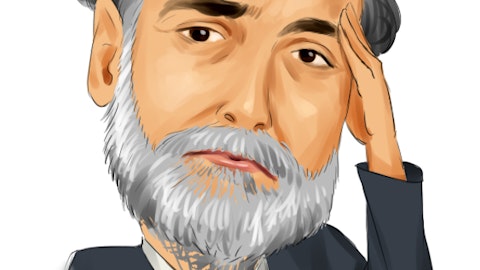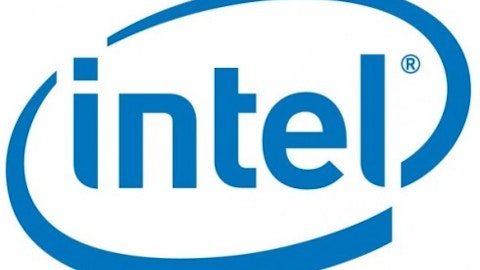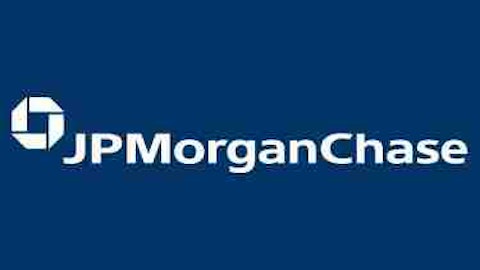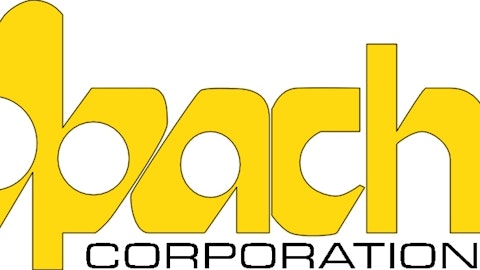On this day in economic and business history…
The price of a barrel of oil reached an all-time trading high of $147.27 on July 11, 2008. Prices had been on the rise for several years, a trend blamed on everything from inflation fears to Iranian saber-rattling. The prevailing wisdom was that oil-thirsty economies were simply driving the price higher before new sources could be brought online, but a growing chorus of dissent during this time pointed to a surging derivatives market as evidence of an oil bubble. Evident problems in the global economy, which was two months away from a wave of massive financial-industry failures, had done nothing to stop the rise of oil — but that would end after July 11.
Fears of peak oil couldn’t easily explain the oil price spike. Nearly 8 million barrels of new daily production had been brought online between the turn of the century and the peak of the bubble, but consumption demands had risen by roughly the same amount during that period. Peak oil also couldn’t account for the sudden plunge in oil prices that took place after July 11, as there was no sudden flood of new supply. The recession certainly played a part in oil’s plunge, but how easily could a rising global economy explain the tripling of oil prices in four years? After all, the strong economy of the 1990s experienced steady oil price declines.
Speculation presents a more compelling explanation for the stunning rise and fall of oil prices. Former IMF director Mohsin S. Khan, writing for the Peterson Institute for International Economics a year after the peak, lays out this case:
In 2002, the average daily trading volume of oil futures (or paper barrels as they are known) was four times the daily world demand for oil (physical barrels). By 2008, daily trading in paper barrels had reached 15 times the daily world production of oil (of around 85 million barrels per day) and remained at about that level through the first half of 2009. These numbers are clear evidence of the enormous financialization of the oil market that has taken place in only five to six years, and some part of this surely reflects speculative activities.
Another indicator of speculative activity, according to Khan’s paper, is the divergence of oil and gold prices during the bubble years. The gold price spike after the turn of the century is well-known, but oil prices actually exceeded this increase, and in the first half of 2008 oil prices shot up by 50%, while gold gained only 13%. Oil and gas company stocks also diverged from oil prices near the peak of the bubble: Oil prices doubled in the year leading up to the peak, but both Exxon Mobil Corporation (NYSE:XOM) and Chevron Corporation (NYSE:CVX) were flat. In the year following the peak, oil prices fell by 60%, but stocks of the two oil supermajors lost roughly 25% apiece.
An incendiary article by Rolling Stone bomb-thrower Matt Taibbi later pinned much of the blame for the speculative spike on Goldman Sachs Group, Inc. (NYSE:GS), which was depicted in typical Taibbi fashion as a devious Wall Street puppet master:
So what caused the huge spike in oil prices? Take a wild guess. Obviously Goldman Sachs Group, Inc. (NYSE:GS) had help — there were other players in the physical commodities market — but the root cause had almost everything to do with the behavior of a few powerful actors determined to turn the once-solid market into a speculative casino. Goldman did it by persuading pension funds and other large institutional investors to invest in oil futures — agreeing to buy oil at a certain price on a fixed date. The push transformed oil from a physical commodity, rigidly subject to supply and demand, into something to bet on, like a stock. Between 2003 and 2008, the amount of speculative money in commodities grew from $13 billion to $317 billion, an increase of 2,300%. By 2008, a barrel of oil was traded 27 times, on average, before it was actually delivered and consumed.
